‘My Village, My Town’
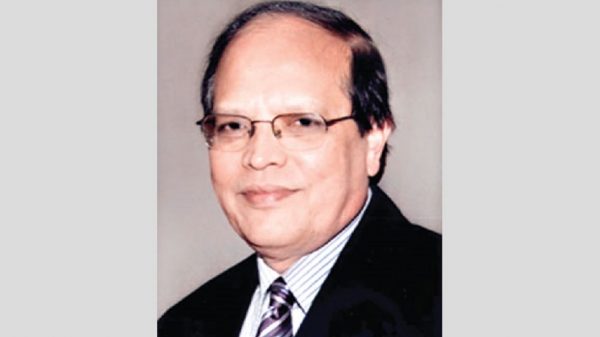
Dr. Atiur Rahman:
Villages in Bangladesh are indeed changing fast. This has been made possible due to all kinds of connectivity, both physical and digital, between the rural and urban areas. Besides improvement in physical infrastructures like roads, highways, rail and waterways, the growth centers have also been expanding in rural Bangladesh with many urban facilities.
The financial institutions and many commercial enterprises have been establishing their rural outlets. Bank branches and sub-branches are being established to cater to the rural demand as the overall income of the people are increasing. The mobile financial services and agent banking are encouraging many agents in these growth centers to take digital financial services to the doorsteps of the rural people. A huge number of first-time account holders, many of them women, are coming forward to take services from these new financial service providers. The role of the agent banking has been particularly encouraging in providing financial access to these new customers who remained excluded earlier. The availability of these services near to the customers made this access feasible.
Similarly, many retail chains like Unilever, PRAN, ACCI, etc. are also going to these growth centers to extend their last-mile service providing facilities. Thanks to the development of digital infrastructures, the union digital centers and post offices have been linked to e-banking, e-commerce and e-administrative services that are now available in these growth centers. In addition, there has been vast expansion of the educational, health and nutritional services in the rural areas. Agriculture has become modern and diverse leading to the growth of dealerships in seeds, fertilisers and insecticides. The migration of rural population to urban areas and abroad has added new dimensions to connectivity with a huge impact on lifestyle in rural areas. In particular, the millions of rural women travelling to urban and semi-urban workplaces like RMGs in addition to some going out of the country as migrant workers have been impacting significantly in terms of urbanisation of lifestyles in rural settings.
The access to metalled roads and electricity has literally revolutionised the culture and commerce in rural Bangladesh. Many urban facilities like coffee shops, community centers, beauty parlours, workshops for burgeoning rural transports and agricultural equipment, shops of mobile accessories, etc. are, in fact, changing the rural landscape towards mini urbanisation. No doubt more than 60 per cent of rural income now originates from non-farm activities. The speedy inflow of money to the rural areas from the urban areas as well as foreign countries through improved banking and digital financial services has been making rural Bangladesh an attractive centre of commercial transformation.
The availability of electricity in the villages has not only eased the drudgery of rural life, but it is also now expanding the growth of micro, small and medium enterprises where many women participate both as owners and labourers. The micro-finance institutions have also been contributing significantly to empowering as an integral part of rural transformation. Digital connectivity has been particularly useful in transferring the technology and urban ways of living to the rural areas.
Now is the time to plan seriously to avoid ugly urbanisation of our rural landscape. The urbanisation in Bangladesh has really been unplanned and nasty. Dhaka has been the major victim of this undesired urbanisation for which it has been rated as one of the worst liveable cities in the world. What is more depressing is that most other smaller cities, except of course Rajshahi, have been replicating the worst features of Dhaka. The urbanisation in Bangladesh appears to be far from the desired path of sustainability as the individual interests have always been superseding the collective interests of the urban dwellers.
It is in this context, perhaps, that our Prime Minister came up with a prudent policy commitment for sustainable transformation of rural landscape under the banner of ‘My Village, My Town’ in 2018, while giving her party’s Election Manifesto. If pursued earnestly, this policy push is likely to provide us a desirable roadmap for sustainable urbanisation of our rural Bangladesh which too has been undergoing speedy transformation due to plenty of finance flowing from outside. Certainly, there must be serious coordination between various ministries and departments including local government bodies if we want to make the right kind of transition in this context. The involvement of socially responsible urban planners, architects and socio-environmental activists will be crucial in guiding through this process of smart and farsighted urbanisation for the many and not for a few.
The policy commitment of the ruling party as reflected in this segment of its Election Manifesto owes its inspiration from Article 16 of our Constitution which pledges a planned transformation of rural Bangladesh. The article pledges that the agricultural modernisation will be complemented by massive electrification and development of cottage and other industries, infrastructures for health, education, and industrialisation so that the rural-urban divide is finally eliminated. The living standards of both urban and rural people would then be at par. The Election Manifesto also says that initiatives will be taken to install more biogas plants to address the energy challenges. Moreover, opportunities will be created to develop workshops for rural transports and agricultural machineries to be owned by rural entrepreneurs. Appropriate financing supports these entrepreneurial initiatives.
To know how far we have been able to move in this direction let’s have a look at the following:
1. An allocation of one and a half lakh crore BDT has been made in its current five-year plan to provide urban services to the rural areas. The Ministry of Local Government has already planned to develop 15 ideal villages which will have all the modern urban facilities.
2. According to the World Bank, Bangladesh will have to invest about 4.5 per cent of GDP for infrastructural development. A significant proportion of this investment must go for rural infrastructural development.
3. Bangladesh must spend a major portion of this for improving rural roads. However,
Bangladesh has already made significant progress in developing the rural roads. There used to be one kilometre of metalled roads in rural Bangladesh for 1,369 people. By now, this figure has improved to 887 per kilometre.
4. According to LGED, the rural connectivity of about 70,000 villages out of 87,223 (80 per cent) villages. About 84 per cent of the people living in these villages have access to all-seasoned roads within two kilometres. At the end of the eighth five year plan this access will be available for 90 per cent of them. However, to provide similar access to the villagers living in remote chars, haors and coastal areas more focused planned initiatives with appropriate finance will be necessary.
5. This is a digital era. So, digital connectivity is more important now than ever before. The government has, of course, made significant investment in developing cyber highways connecting most of the growth centers. Currently, 21 million rural people have access to 4G services.
6. According to BTRC, 35 per cent of the internet users now live in the villages. Thanks to the pandemic, there was a jump of 19 per cent in their numbers in 2020 alone. A lot of villagers who came to the urban areas went back to their villages during the pandemic as there was a fall in income and employment opportunities. They have continued to use their ICT facilities even if they went back to the villages. The eighth five-year plan is committed to reduce the rural-urban gap in digital services.
7. There are now more than eight thousand e-service centers in rural areas providing both administrative and financial digital services. More than fifteen thousand small digital entrepreneurs, about half of them being women, around these digital centers. More than three hundred e-services, both administrative and financial, are provided through these centers. There has been a 27.38 per cent growth in such services since 2019, a growth of 9 per cent being in 2021 alone! The villagers can now have access to a digital service centre within three kilometres. This has greatly eased the availability of all kinds of vital services to the villagers.
8. There are about two thousand growth centers in rural Bangladesh. These are our future urban centers. If we can develop the growth centers into planned green compact townships, Bangladesh will have a solid foundation for sustainable urbanisation. The upcoming 100 Special Economic Zones may be potential green towns to be spread all over Bangladesh. We must be careful that the growth centers around these SEZs are developed in a planned way, so that there can be desired backward and forward linkages to these zones. Mind it, these SEZs are going to be the future game changers for a vibrant Bangladesh, providing both additional growth and employment impetus to the country. We must aim at integrating these SEZs with well-designed green townships flourishing around with specialisation in production of those goods and services which may be of demand to the enterprises in those zones.
9. Fortunately, about 88 per cent of the villages already have full access to electricity. The government is working hard to provide hundred per cent electricity to all its citizens. Special efforts are being made to reach the villagers in remote chars by developing underground cable networks (for example, this has been made possible in Shariatpur). Mini grids of solar electricity have also been developed. Bangladesh could do far better in addressing climate change if it fast transforms all its rural irrigation pumps into solar-irrigation pumps which could reduce use of hundreds and thousands of diesels in irrigation. We have made significant progress in this direction. The central bank of Bangladesh has been supporting this with its green finance policy. The specialised Financial Institution IDCOL is planning to embark on a big program of solar irrigation through public-private partnerships. Besides irrigation, all this will also provide renewable energy to the villagers for other purposes. This augers quite well in making the desired rural transformation towards sustainability and inclusive urbanisation.
10. There is no alternative to providing modern sanitation and drinking water facilities to villagers if we really want them to have urban services. Nearly half of the rural people have quality drinking water and another 41 per cent have access to modern sanitation facilities. While most people have access to drinking water and sanitation facilities, there are ample opportunities to improve the qualities of these services if we want them to have facilities similar to the urban.
11. Skills remain inadequate in Bangladesh. And, more so in rural areas. While the access to primary and secondary education in rural Bangladesh has significantly improved, the quality remains a big question. However, not more than ten per cent of the rural students have access to higher education. The access to technical and vocational education to the rural students remains even more inadequate. More focused job-oriented skills training must be strategised for rural students so that they can contribute towards enhancement of productivity in Bangladesh. Certainly in the health sector, more rural youths can be provided with skills and technologies so that they too can help transform the health services in the rural community hospitals as it happened in Kerala.
12. The financial services in the form of mobile and agent banking, school banking, freelancing, etc. besides conventional banking, are also flourishing well in villages. We must continue to improve both breadth and depth of these services to the villagers to help them integrate with modern financial services that are still concentrated in urban centers.
I have indicated only a few of the potential areas where services can be innovated and improved for the villagers so that they too can have the feel of urban services. If we can implement planned approaches to sustainable transformation of rural Bangladesh with desired services, we can reduce the rural-urban gap that is persisting in our development pathway. Both the pledges of the constitution and expectations of the SDGs make it imperative to focus more on improving the infrastructural and other services in a planned way so that our villages too gradually transform into sustainable and liveable compact townships. For that, there is no alternative to greater coordination and cooperation between the central and local governments in planning and implementation of sustainable transformation of the villages. The private sector, NGOs and civil society organisations must also be pulled into this transformative endeavour.
The writer is Bangabandhu Chair Professor, Dhaka University and former Governor, Bangladesh Bank


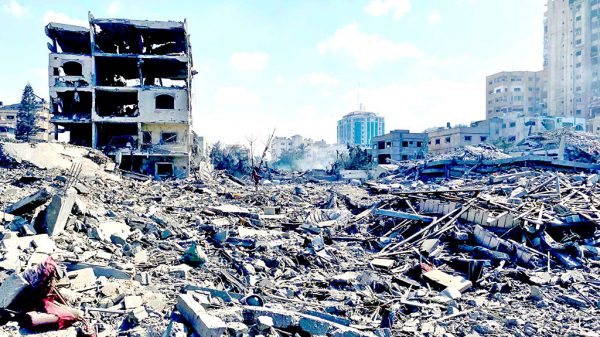
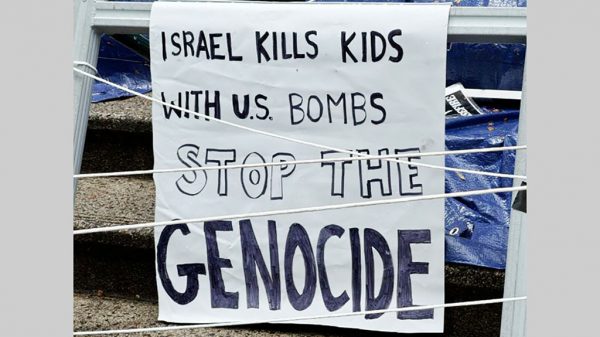
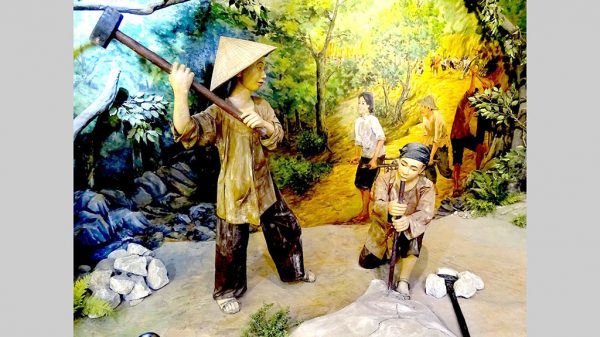

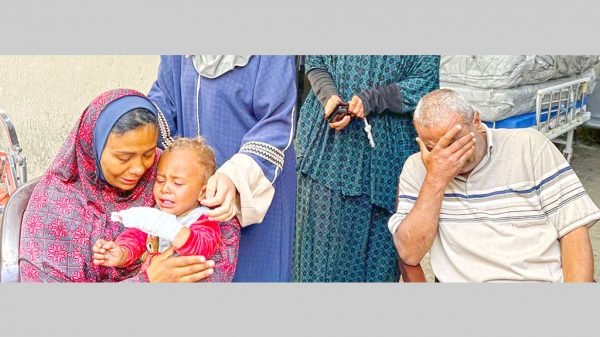




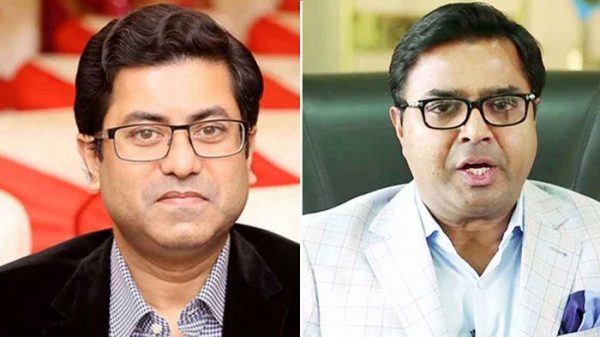


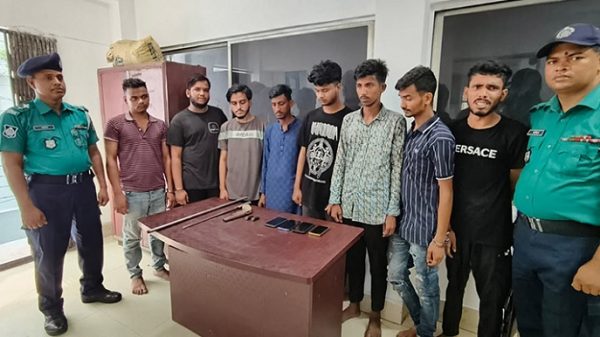


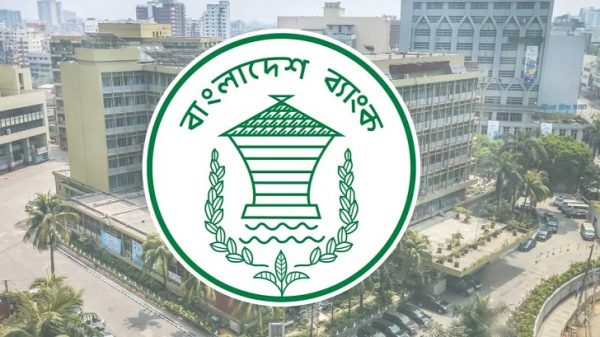











Leave a Reply